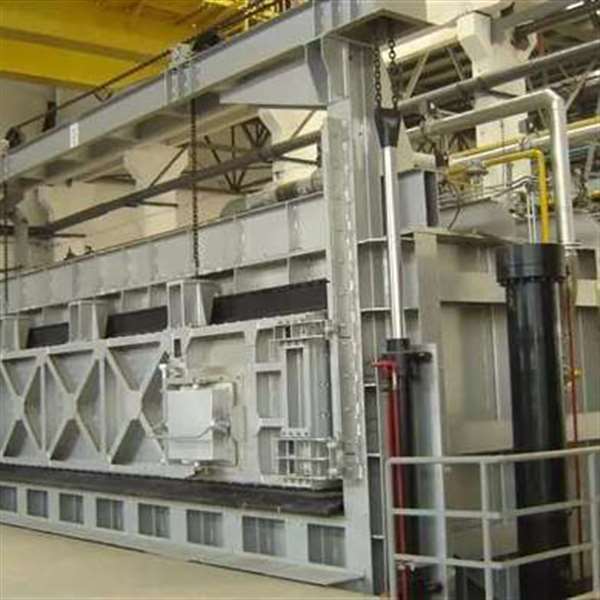Common Faults and Safe Operation for Aluminum Melting Furnaces
In aluminum alloy smelting workshops, a high-efficiency aluminum melting furnace is the core of production, and a single malfunction can bring the entire production line to a standstill. Industrial aluminum melting furnaces play a crucial role in the non-ferrous metal processing industry, directly impacting production efficiency and product quality. Understanding common faults and their causes is essential for ensuring safe and effective production.
Types and Features of Aluminum Melting Furnaces
Aluminum melting furnaces are classified into vertical, horizontal, and regenerative types based on structure and heating methods.
Vertical aluminum melting furnaces are efficient for continuous casting and rolling. They are energy-efficient, with low burn-off, and are generally used with double-hearth or single-hearth holding furnaces.
Horizontal aluminum melting furnaces are more common but tend to be less energy-efficient and slower in melting compared to vertical furnaces.
Regenerative aluminum melting furnaces use regenerative combustion technology to recover waste heat, improving thermal efficiency and serving as an important development for energy-saving aluminum melting.
Common Faults and Causes
Aluminum melting furnaces commonly experience issues such as chemical composition deviations, melt overheating, excessive hydrogen content, and furnace damage.
Chemical composition non-compliance arises from inaccurate raw materials, improper batching, or waste material mixing, leading to substandard product performance and scrap.
Melt overheating occurs when the alloy melt exceeds the maximum allowable temperature during melting and casting. This can be caused by thermocouple failure, improper procedures, or natural temperature rises due to metal oxidation.
Excessive hydrogen content in molten aluminum causes defects like porosity and air pockets, reducing the quality of ingots and castings.
Furnace damage can occur in the refractory material, or issues may arise in the furnace's gas system or blower, affecting both equipment performance and safety.
Fault Prevention and Safe Operation
Operators must follow safe operating procedures to prevent malfunctions. Before starting the furnace, wear the required protective equipment and check the furnace, electrical equipment, and auxiliary systems.
To prevent explosions, always purge the furnace with the blower before ignition. Charging should be done slowly in batches, ensuring that the charge is dry and free from impurities.
In the refining process, nitrogen purity should be at least 99.95%, and the pressure should not exceed 0.13 MPa. The refining temperature must not exceed 780℃ to prevent reactions between aluminum and nitrogen.
Regular inspections are crucial to prevent rust buildup and ensure proper functioning. The distance between the crucible’s outer wall and the hook brick should be at least 60mm to avoid damage to the refractory material.
By adhering to these operational standards, safe and efficient furnace operation can be ensured, leading to greater value for the enterprise.



